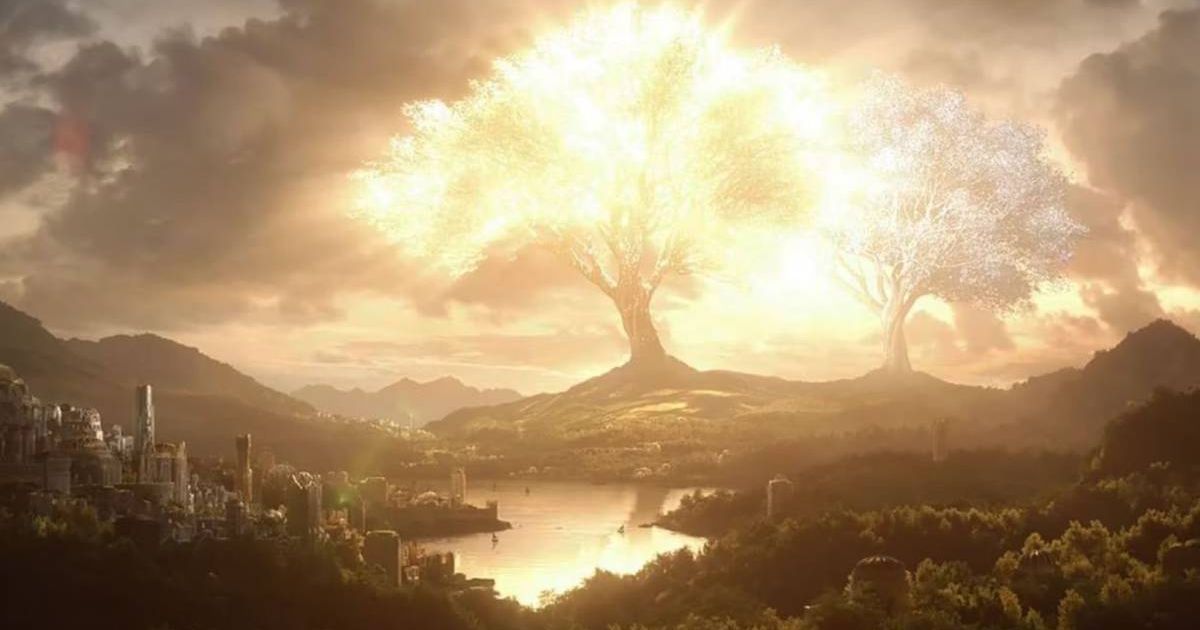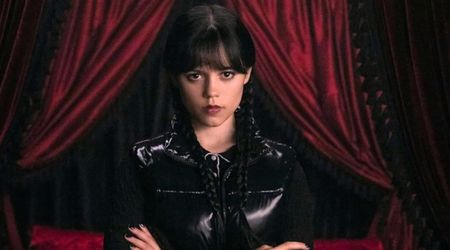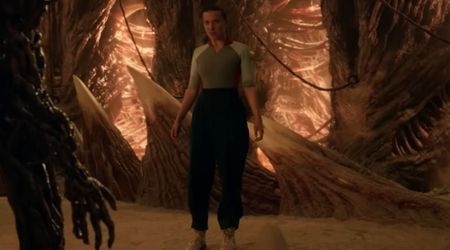What is Valinor? Why the glowing trees in 'LOTR: The Rings of Power' are so important

LOS ANGELES, CALIFORNIA: In the world of 'The Lord of the Rings: The Rings of Power', Valinor emerges as a realm of profound significance, situated on the western continent of Aman. This mythical land, home to the divine Valar and Maiar, represents an era predating the familiar landscapes of Middle-earth.
Central to Valinor’s grandeur are the glowing Trees of Valinor Laurelin and Telperion. These trees were created by the Valar Yavanna as the primary sources of light for the world before the advent of the Sun and Moon. Laurelin radiated a warm golden light, while Telperion cast a cool silvery glow.
Their combined illumination formed a unique twelve-hour cycle of day and night, shaping the very essence of time and light in Tolkien’s mythology. The trailer’s depiction of these trees highlights their crucial role in the cosmic order and their enduring impact on the world’s mythic history, setting a backdrop of celestial splendor and ancient power.
What is the significance of 'LOTR: The Rings of Power's' Valinor Tree?

In Prime's 'LOTR: The Lord of the Rings' series, we see a glimpse of a setting from an era far earlier than the Second Age, specifically ancient Valinor, through two iconic trees: Laurelin and Telperion.
Valinor, located on the western continent of Aman, was home to the Valar, Maiar, and eventually the Elves.
These trees were crucial before the Sun and Moon existed, providing light and twilight for the world.
Laurelin emitted a golden light, while Telperion shone with a silvery hue, creating a twelve-hour cycle of day and night.
The bright illumination seen in the teaser image from the show suggests that the scene is set in this pre-Sun era, showcasing the trees’s significant role in Tolkien’s mythology as the primary source of light for the cosmos before the creation of the celestial bodies.
How did Laurelin and Telperion shape the world of Middle-earth?

The Trees of Valinor, Laurelin, and Telperion, were central to the world’s illumination during the Age of the Trees, a period lasting about 14,000 years.
Created by Yavanna, a celestial Valar, these trees replaced the earlier lamps of Iluín and Ormal after they were destroyed by the dark lord Melkor.
Located in Aman, Laurelin emitted a golden light, while Telperion shone with a silvery hue. Their combined light created a twelve-hour day, with each tree’s light alternating to form a complete cycle.
Dew from the trees, collected by Varda, was used to create the starlight visible across Arda. This light primarily illuminated Valinor, with the celestial bodies and starlight forming as their legacy after the trees were destroyed.
The tragic fate of Laurelin and Telperion

The Trees of Valinor were destroyed by Melkor, the first Dark Lord, who was displeased with the Valar’s new sources of light. He conspired with Ungoliant, a primal spirit of darkness and spiders, to attack the trees.
Melkor struck the trees at the hill Ezellohar, allowing Ungoliant to consume their sap and extinguish their light, resulting in their death. Despite the destruction, Yavanna and Nienna managed to salvage the last flower of Telperion and the last fruit of Laurelin.
These remnants were placed in special vessels crafted by Aulë and given to the Maiar Arien and Tilion. They carried these remnants into the sky, transforming them into the Sun and Moon. This act marked the end of the Age of the Trees and the beginning of the First Age, as the Sun and Moon began to measure time in Arda.
'Lord of the Rings: The Rings of Power' Season 2 Trailer










